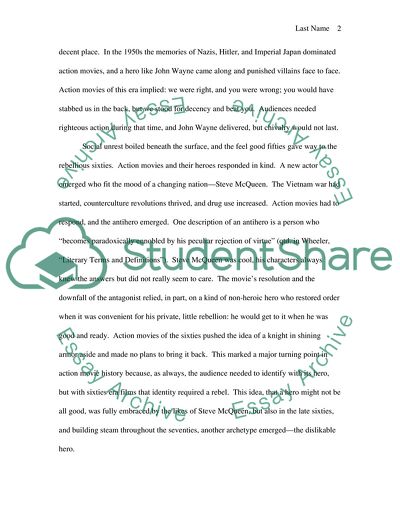Cite this document
(Evolution in Action Movies Essay Example | Topics and Well Written Essays - 1500 words, n.d.)
Evolution in Action Movies Essay Example | Topics and Well Written Essays - 1500 words. https://studentshare.org/visual-arts-film-studies/1746186-the-advancements-in-moviesfilm-actionadventure-genre
Evolution in Action Movies Essay Example | Topics and Well Written Essays - 1500 words. https://studentshare.org/visual-arts-film-studies/1746186-the-advancements-in-moviesfilm-actionadventure-genre
(Evolution in Action Movies Essay Example | Topics and Well Written Essays - 1500 Words)
Evolution in Action Movies Essay Example | Topics and Well Written Essays - 1500 Words. https://studentshare.org/visual-arts-film-studies/1746186-the-advancements-in-moviesfilm-actionadventure-genre.
Evolution in Action Movies Essay Example | Topics and Well Written Essays - 1500 Words. https://studentshare.org/visual-arts-film-studies/1746186-the-advancements-in-moviesfilm-actionadventure-genre.
“Evolution in Action Movies Essay Example | Topics and Well Written Essays - 1500 Words”. https://studentshare.org/visual-arts-film-studies/1746186-the-advancements-in-moviesfilm-actionadventure-genre.


